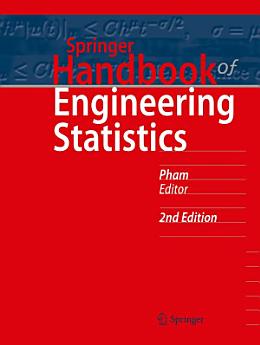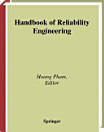Springer Handbook of Engineering Statistics: Edition 2
About this ebook
After the data has been gathered the engineer must be able to sift them and interpret them correctly so that meaning can be exposed from a mass of undifferentiated numbers or facts. To do this he or she must be familiar with the fundamental concepts of correlation, uncertainty, variability and risk in the face of uncertainty.
In today’s global and highly competitive environment, continuous improvement in the processes and products of any field of engineering is essential for survival. Many organisations have shown that the first step to continuous improvement is to integrate the widespread use of statistics and basic data analysis into the manufacturing development process as well as into the day-to-day business decisions taken in regard to engineering processes.
The Springer Handbook of Engineering Statistics gathers together the full range of statistical techniques required by engineers from all fields to gain sensible statistical feedback on how their processes or products are functioning and to give them realistic predictions of how these could be improved.
Featuring:
- Contributions from leading experts in statistics and their application to engineering from industrial control to academic medicine and financial risk management giving all-round authoritative coverage.
- Wide-ranging selection of statistical techniques showing the proper way to use each to enable the reader to choose the method most appropriate for his or her purposes.
- Extensive and easy-to-use subject index making information quickly available to the reader.
The handbook will be essential reading for all engineers and engineering-connected managers who are serious about keeping their methods and products at the cutting edge of quality and competitiveness.







